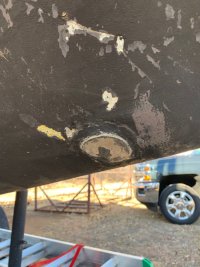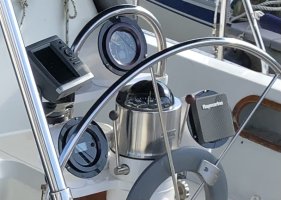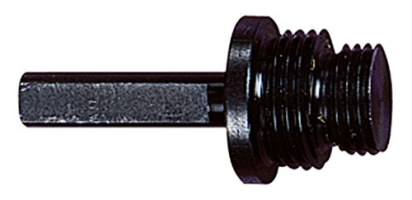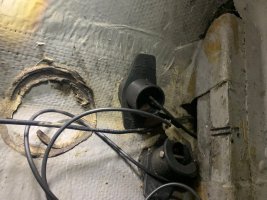I'd vote no new holes. Hard enough to maintain the existing ones. Even if the new transducer isn't the right size. If its too small, you can get a larger diameter transducer which till be cheaper than filling the old hole properly at least time wise. If it is too big you can drill out the existing hole. A decent way to do that is to get a wood block like from a 2x4, drill a hole in the center same size as the hole-saw pilot bit. Then have someone inside the boat hold the block over the existing hole pressed down on the hull (hands clear of the pilot hole of course), then you can work with your helper to center the hole saw over the existing hole, tell them to press really hard then drill away. I use the highest speed and lightest pressure to start with to avoid snagging the saw. If the new hole is significantly larger than the previous hole I usually use drywall screws through the material into the wood block, inside the new diameter, to hold it all in place once centered, You could also use a drill press to make a center-drilled tapered plug that fits the old hole snuggly to center your hole saw.




